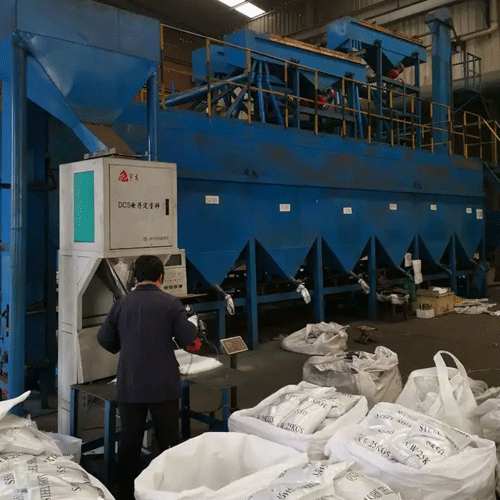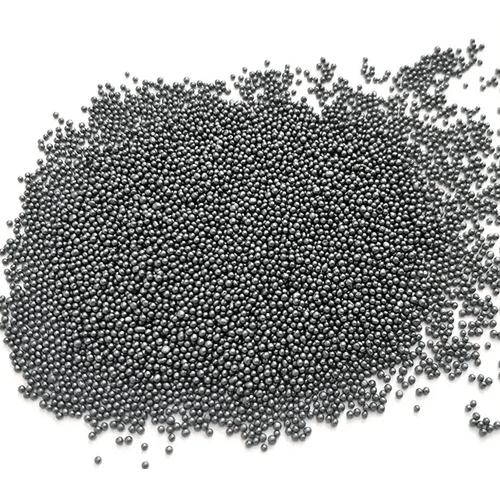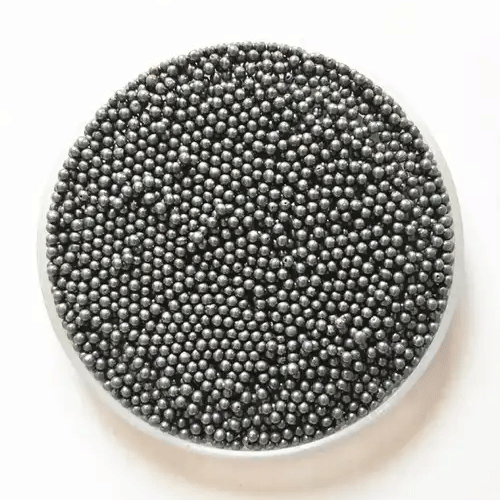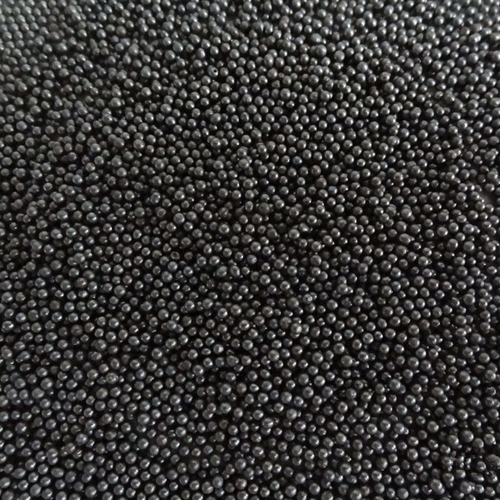Whether it is a cast, forged, fabricated component or other type of steel component, it is best to have a surface treatment. It is also very common to use mechanical methods to complete this process. In other words, shot blasting machines are typically used to process components. Although sand is prohibited in practice, users often use the term "sandblasting" when referring to shot blasting.
Starting with the basics, let’s understand the reasons for surface treatment of metal components.
The effectiveness of any painting process depends greatly on the extent and quality of surface preparation prior to painting. Therefore, whether it is a brand new product or one that is being refurbished, it is important to understand this technology and determine how it can help increase the life of the product.
There are many kinds of pollution of steel. The most common contaminants are contaminants from machine rust or secondary processing, such as heat treatment. In casting, contaminants may be foundry sand used in the casting process. In forging, it could be rust or die marks. In steel plate and structural steel, this may be scale or rust. Evaluate the following possible initial situations for steel plate and structural steel as they contain the basic ferrous materials used in their fabrication.
Initial conditions and application parameters of steel
SSPC: The American Protective Coatings Society specifies five initial rust conditions before surface treatment. This ranges from normal oxide to rust and pitting, labeled Cases A, B, C, D and G (see SSPC-VIS 1 for images).
Although Cases C, D, and G may be encountered during dressing projects, the most common steel initial conditions for gasless (automatic) shot blast cleaning are Cases A and B. Surface preparation expectations are typically SSPC-SP-10/Sa 2-1/2/NACE 2 or near white shot blast.
Assessment of cleaning quality and results is generally visible. If a part requires a special anchor profile or etching, the roughness measured with a profilometer becomes the inspection parameter. In some cases, to eliminate subjective factors, the copper sulfate method will also be used to determine whether the parts have been cleaned correctly.
As an abrasive manufacturer, we can provide you with cast steel shot, steel shot, carbon steel shot, stainless steel shot, cast steel sand, carbon steel sand, steel grit, steel wire cut shot, etc.
 Steel shot centrifugal pill forming technology is the preferred choice for producing national standard steel shots
Steel shot centrifugal pill forming technology is the preferred choice for producing national standard steel shots
 Where are steel shot and steel grit mainly used?
Where are steel shot and steel grit mainly used?
 What can steel shot be used for?
What can steel shot be used for?
 Features of Reaguan Steel Shots
Features of Reaguan Steel Shots